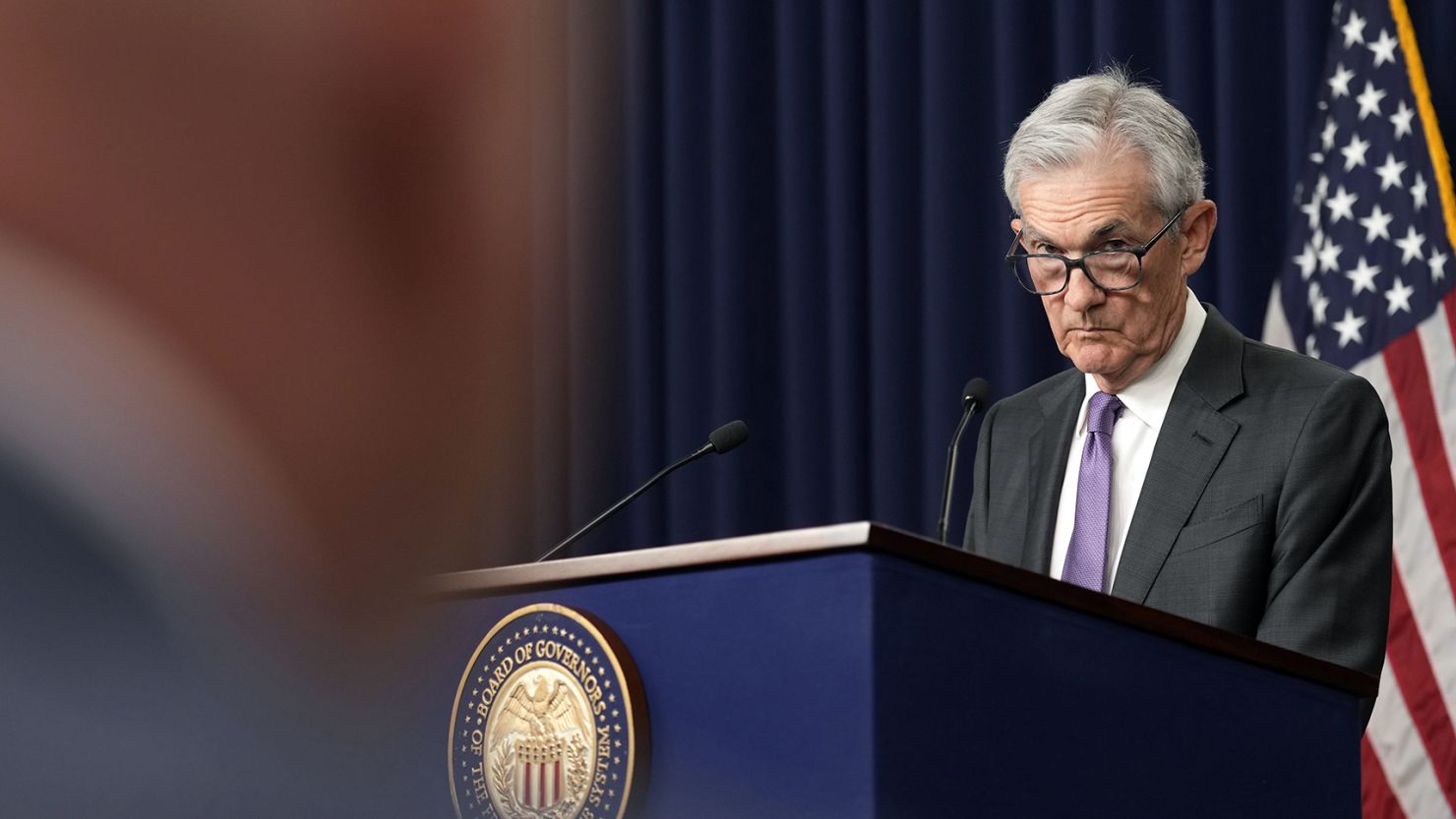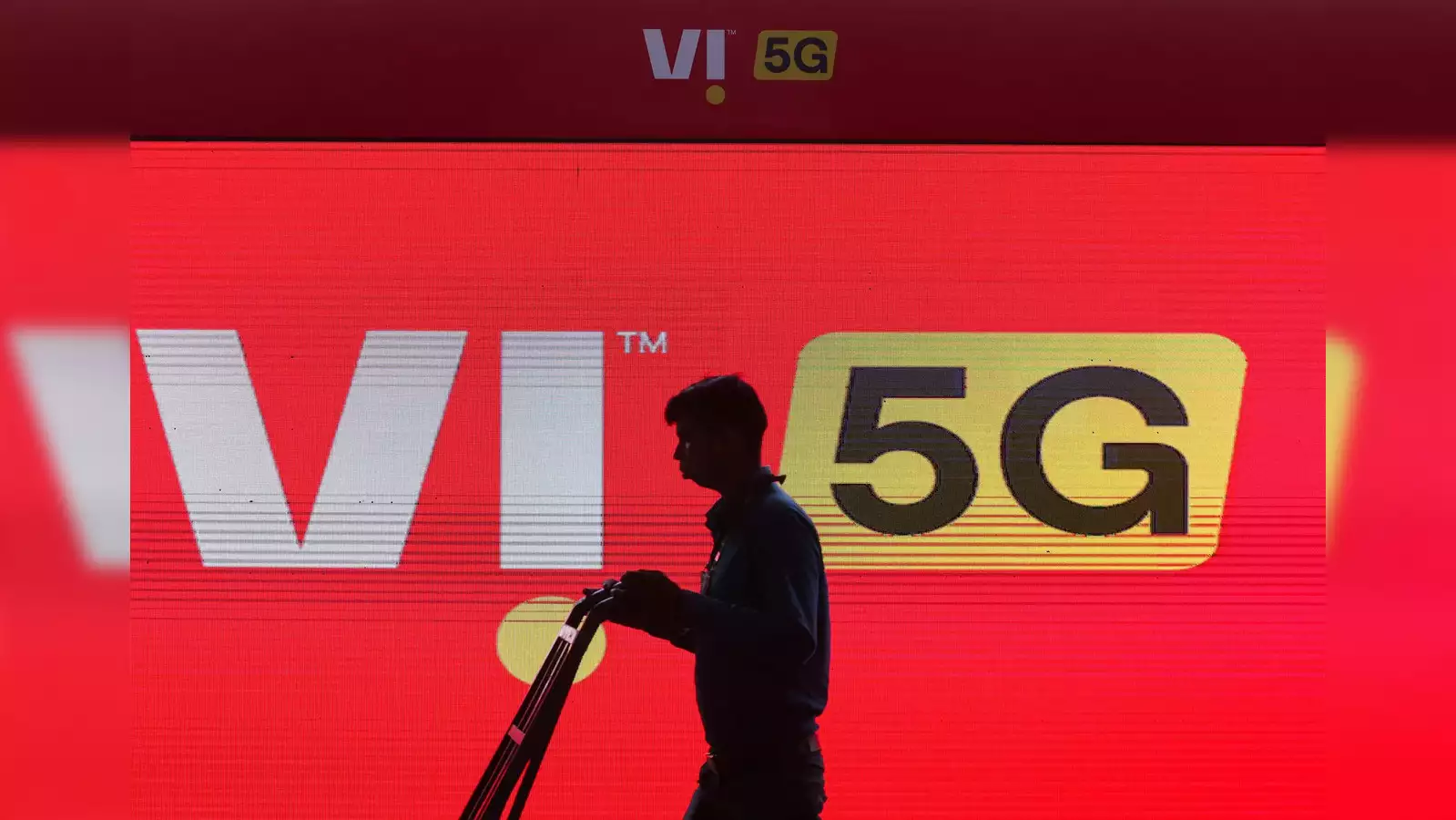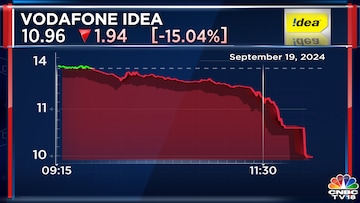Following a two-day meeting of the Federal Open Market Committee (FOMC), the US Federal Reserve announced its sixth policy decision for 2024 on September 18. The Fed cut the benchmark interest rate by 50 basis points (bps), or ½ of a percentage point, to 4.75 percent to 5 percent for the first time in four years, largely in line with Wall Street estimates.
In order to reach a range of 2.75 percent to 3.00 percent, US Fed policymakers anticipate that the benchmark interest rate would drop by an additional half-point (50 bps) by the end of this year, another full percentage point in 2025, and a final half-point in 2026. One tenth (1/100) of a percentage point is equivalent to one bps.
From a peak of 9.1% in mid-2022 to a three-year low of 2.5% in August—just beyond the US Federal Reserve’s two percent target—US inflation has plummeted. US Federal Reserve officials have been concentrating on helping a contracting labour market and accomplishing a unique “soft landing,” which lowers inflation without precipitously slowing down the economy, as a result of inflation only marginally exceeding their goal level.
The rate-setting panel headed by Fed Chair Jerome Powell unanimously decided to maintain the policy rate at the 23-year high, between 5.25 and 5.50 percent, at its previous meeting. In an effort to reduce inflation in the greatest economy in the world, the US central bank kept borrowing rates constant for a record 14 months running.
The central bank has kept the policy rate on hold since July 2023 in order to anchor in high inflation and steadily lower it towards the two percent target range. The central bank raised the rate by 5.25 percentage points since March 2022, one of the fastest Fed responses to counter the worst inflation outbreak in 40 years.


